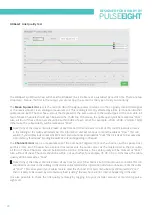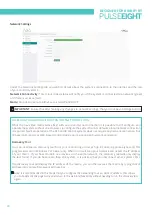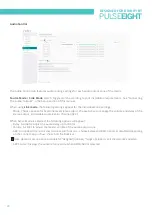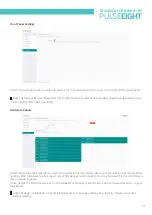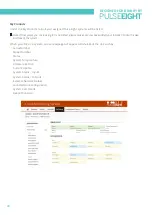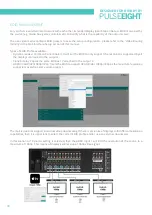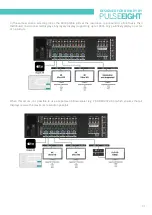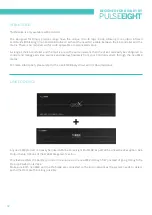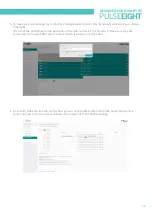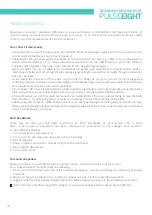
DESIGNED FOR BINARY BY
PULSE
EIGHT
30
EDID MANAGEMENT
For your home entertainment to work with each other, Extended Display Identification Data or EDID is required by
the source (eg media box, game console & etc) to identify what is the capability of the output screen
The neo video matrix contains EDID presets to ease the setup configuration - please refer to the “Video Routing
(Admin)” in the Web Interface Setup section of this manual
Types of EDID Profile available:
• Dynamic (Lowest Common Denominator): It will set the EDID to only support the resolutions supported by all
the displays connected to the outputs
• Clone Display: Copies the same EDID as TV attached to the output X
• HDR/UltraHD(4K)/1080p/720p: It sets the EDID to support 4K HDR/ 4K/ 1080p/720p as the maximum resolution
supported, as well as some audio support
The matrix does not support individual video downscaling. If there is a mixture of displays with different resolution
capabilities, then it is important to select the correct EDID profile and/or use an external downscaler.
In this scenario, if Dynamic setting is selected, then the HDMI Input 1 will limit the resolution of the source to a
maximum of 1080p This means all displays will receive a 1080p video signal
Summary of Contents for Binary neo XMR
Page 1: ......





